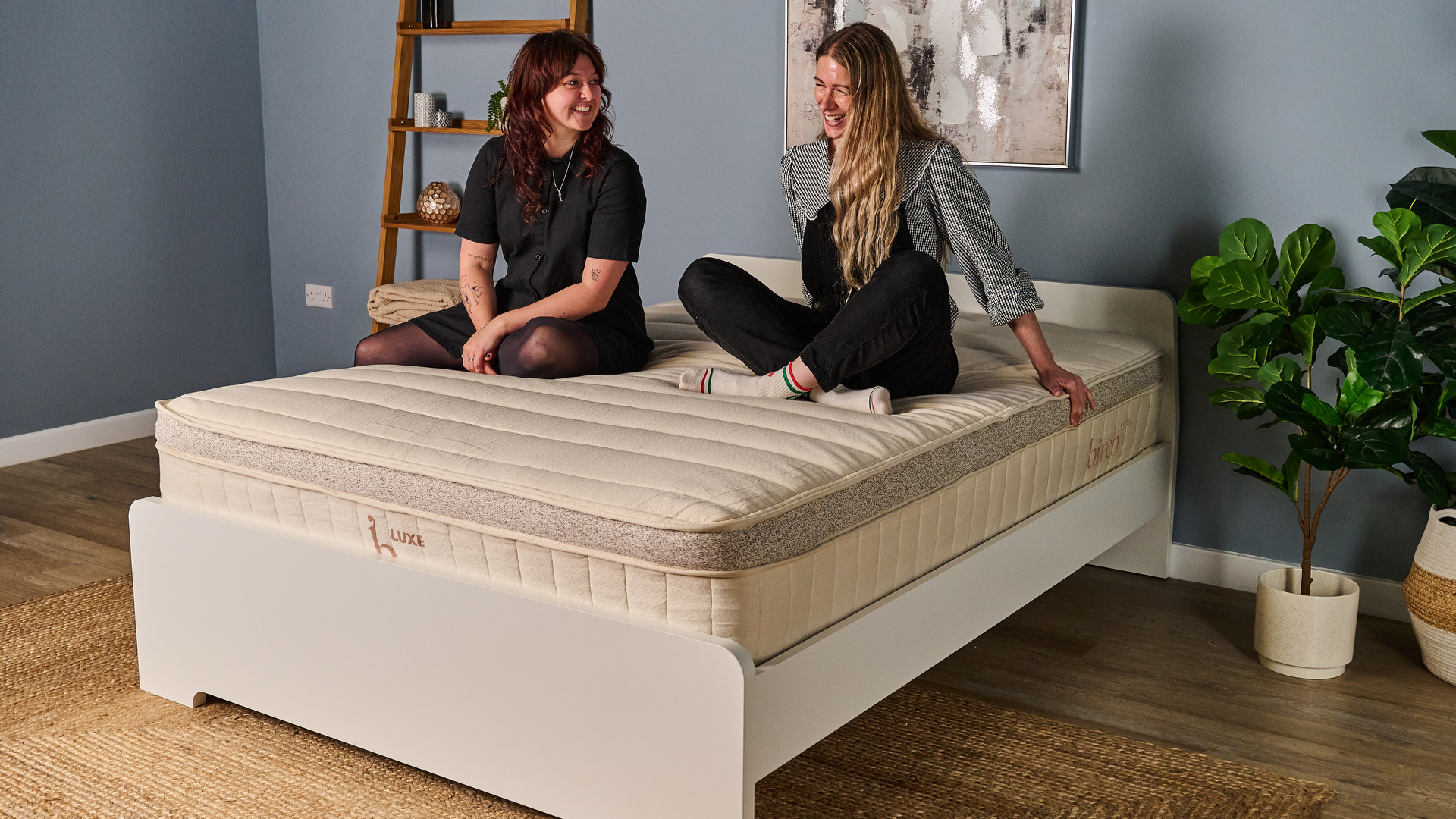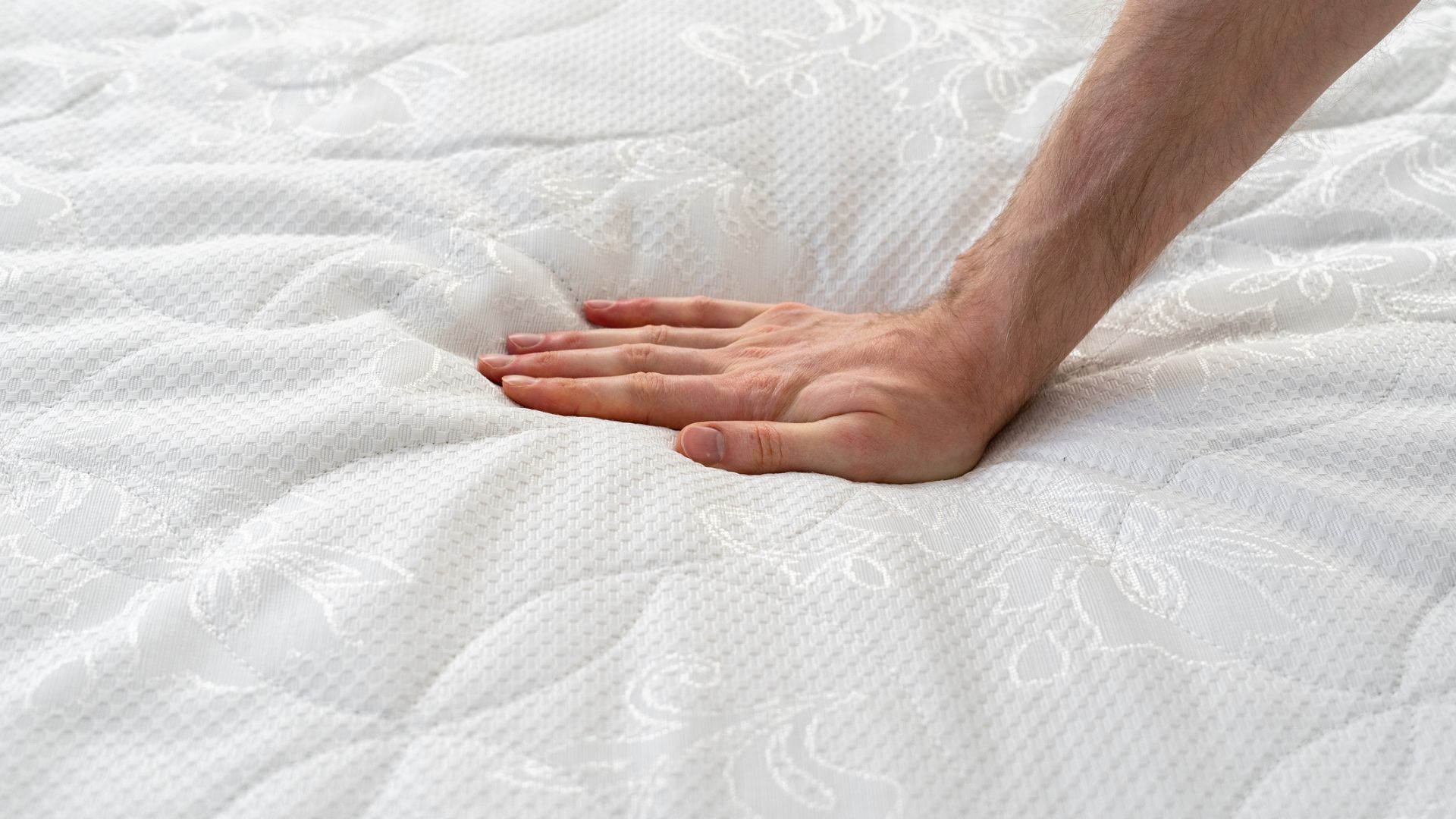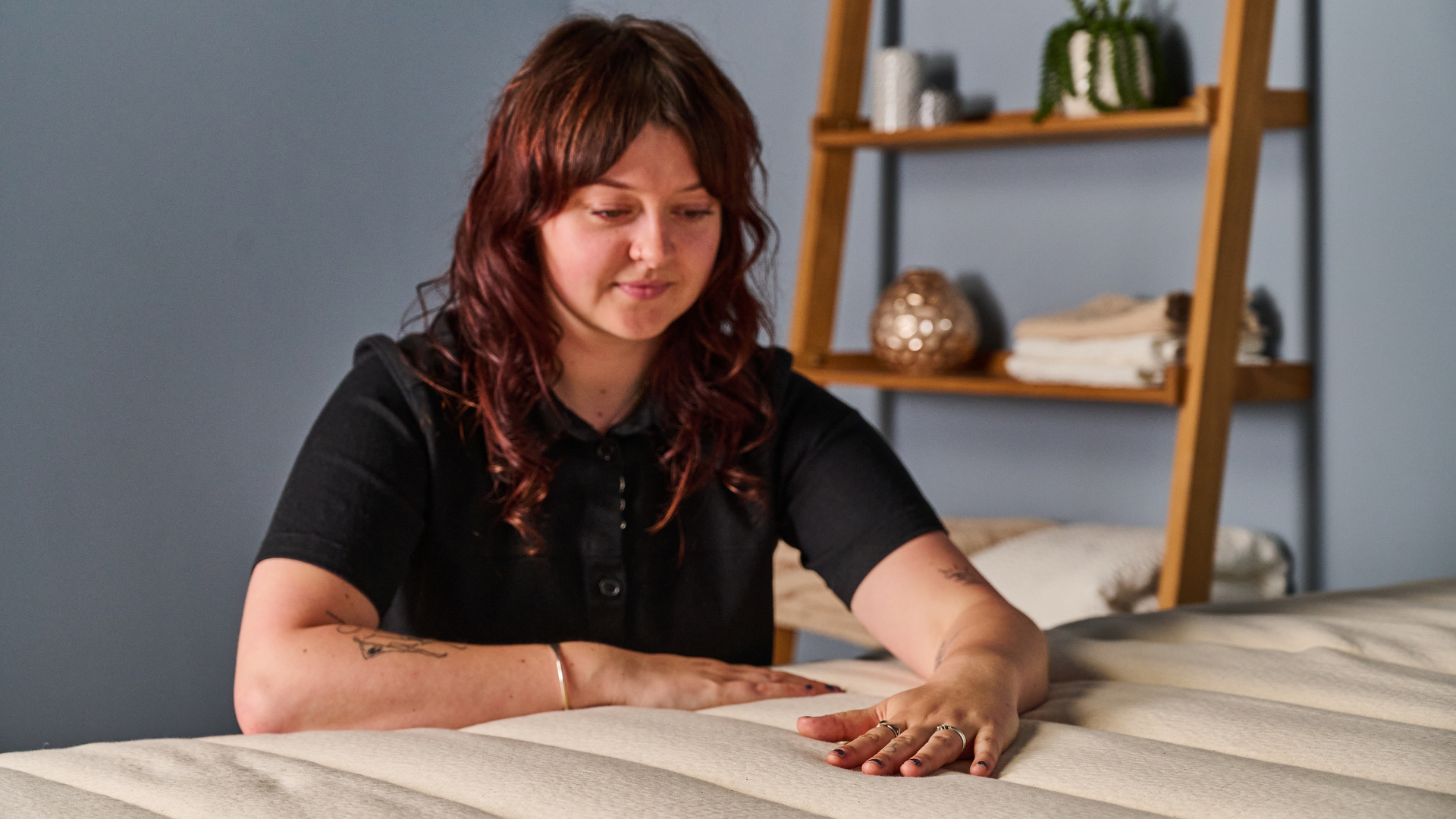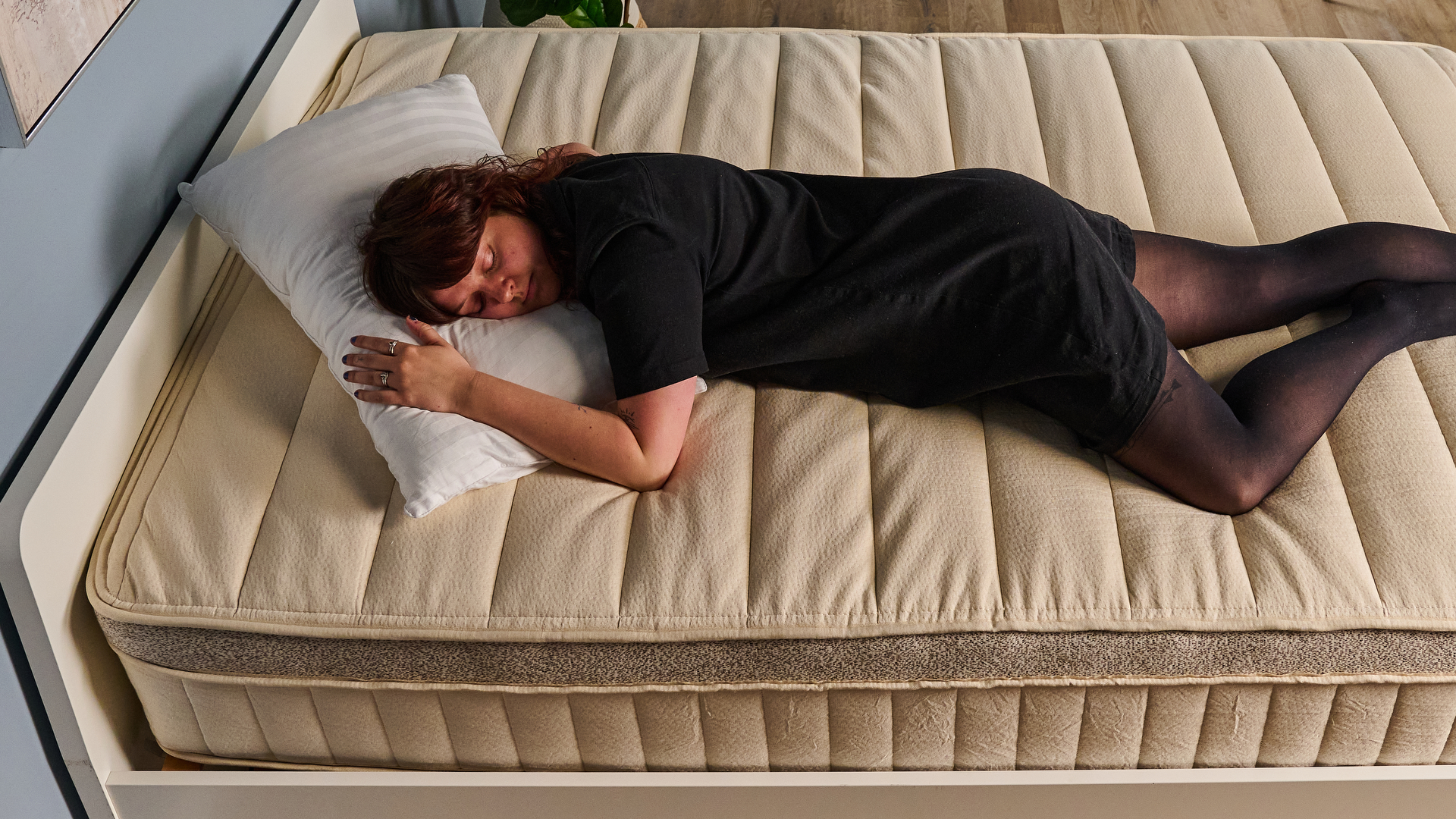I ditched my memory foam mattress for latex and I’ve never slept better — here’s why
Now I fall asleep fast and feel cool and comfortable throughout the night

I used to think my dream mattress would be a soft memory foam model that I sink into every night, sleeping peacefully. I was wrong. In fact, I found the hugging sensation infuriating, but what was the alternative?
With the majority of this year's best mattresses we've tested incorporating memory foam, it can be difficult to find anything else. Well, I decided to ditch the foam for a somewhat more unconventional material: latex. While my friends raised their eyebrows at the mention of a latex mattress, it’s actually a very common material used in most of the best organic mattresses.
Now I’ve tried it for myself, I don’t want to sleep on anything else. For me, it’s the perfect mattress material. Supportive, pressure relieving and natural. What’s not to like? Here I'll reveal how the swap improved my sleep, as well as explaining the differences between memory foam and latex.
Memory foam vs latex mattresses
Memory foam is a common mattress material because of its versatility. Made from polyfoam, which is chemical-based, memory foam is a slow-moving, impressionable material, which means it contours to your body.
The traditional memory foam feel is a hugging, sinking feeling, but the best memory foam mattresses offer different firmness feels, from super soft to extremely firm (like the Plank firm mattress).
Latex foam, on the other hand, is a natural material made from the same liquid latex that's used to make rubber. In mattresses, it is a buoyant, bouncy and usually has a medium-firm to firm feel. It’s unlikely to contour around your body and you won’t sink into it.
It’s a lot more responsive than memory foam, making it a good option for combination sleepers.
Get instant access to breaking news, the hottest reviews, great deals and helpful tips.

Why I sleep better on a latex mattress
Since switching from my memory foam mattress to a latex mattress, I’m sleeping better than ever. Here’s why.
It's cool
Foam mattresses are known to trap heat. The dense structure stops air from flowing through the bed, which can lead to a hot, sweaty surface.
While my foam mattress didn’t necessarily feel like it trapped heat, the way I sunk into the bed made me feel hotter and less cool at night.
My latex bed is the opposite. With a wool pillow top and a latex core, the mattress is breathable and moisture-wicking.
I’ve never once woken up feeling sweaty or claustrophobic, and I think part of this is because I don’t sink into it, so heat can’t become trapped around me. The result? Sleeping through the night.

It's clean
I never understood the ‘clean sleep’ argument for organic mattresses that use natural materials. How can a mattress feel clean?
But when I lay on the latex bed, it made sense. Instead of having my face pressed against a chemical material that always has a slight smell, I could rest against a mattress knowing that everything inside was naturally sourced. It genuinely did feel ‘clean’.
I was blown away when I unboxed the mattress, expecting to be hit by the potent off-gassing I was used to with memory foam, but instead I wasn't able to smell anything.

It's responsive
I thought, as a side sleeper, that I’d love a super soft, marshmallow mattress that I sink into to relieve the pressure around my shoulders, hips and knees. After all, the best mattresses for side sleepers are supposed to cradle your pressure points.
But after a few weeks of sleeping on a sinking memory foam mattress, I became incredibly frustrated with the hugging sensation.
As a combination sleeper who loves tossing and turning at night, fighting my way out of the foam was enough to wake me up at night.
Now, the latex I sleep on is bouncy and responsive beneath me. Every time I move, it immediately changes shape and accommodates my next sleeping position. I never sink in or feel trapped, but instead lie comfortably on top of the mattress.
To combat the natural firmness of latex, my mattress has a pillow top layer for extra relief around my pressure points, giving me the best of both worlds.

The latex mattress I’m sleeping on
So, you’re probably wondering what the wonder-mattress I’m sleeping on actually is.
Well, it’s the Birch Luxe Natural mattress that combines coils with layers of latex, GOTS-certified wool and GOTS-certified cotton, and of all the mattresses I’ve tested it’s my favorite so far.
You can read my Birch Luxe Natural hands-on review to find out more about my experience, and I’ll be writing up my full review soon, so watch this space!

Lauren is an experienced writer and editor in the health and lifestyle industry and has led many campaigns and projects that deliver news, advice, and research on all things sleep. As the Sleep Features Editor for Tom’s Guide, Lauren writes, commissions and edits sleep and mattress content, from in-depth how-tos in sleep and mattress health to interviews with doctors and neuroscientists on the latest news in sleep. Lauren regularly tests new sleep tech and accessories to evaluate their effectiveness for getting good quality sleep and easing specific sleep struggles like nighttime anxiety. Alongside this, Lauren reports on the best mattress brands out there, like Helix, Saatva, and DreamCloud, helping readers find the right mattress for them and the best deals on them.
You must confirm your public display name before commenting
Please logout and then login again, you will then be prompted to enter your display name.
